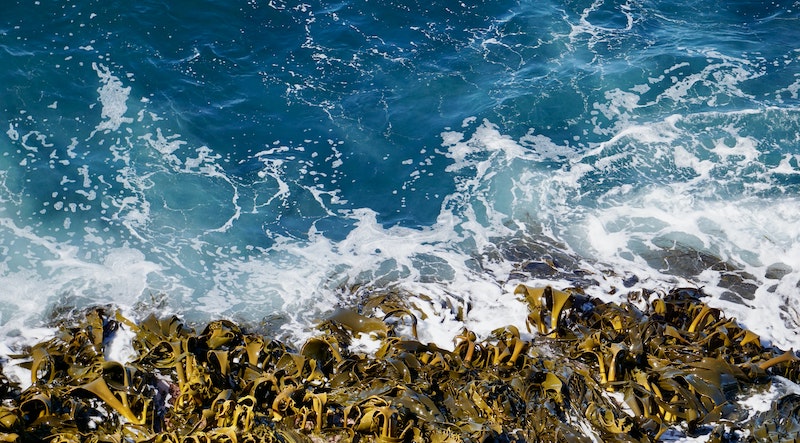The objective of this project is to use environmental DNA to probe existing marine aquaculture operations in California and their associations with aquatic diseases or broader ecosystem benefits such as biodiversity/wildlife refuge to determine what are the costs and benefits of marine aquaculture operations. We plan to examine kelp and bivalve shellfish aquaculture facilities which TNC has found strong evidence for restorative ecosystem benefits.
Elijah will design an eDNA monitoring project for three existing marine aquaculture facilities in California that differ in geography and aquaculture composition kelp and bivalve, both with the assistance of TNC’s Tristin McHugh along with relevant stakeholders. We will select sample sites within the aquaculture management and nearby outside the aquaculture operations, preferably those that may be suitable for future expanded aquaculture operations for comparison. This will be in discussion with the managers of these facilities, TNC, and potentially local community member volunteers. Depending on where existing facilities are sited, there may be community concerns of the local impacts or interest from those community members in finding out what those impacts may be. SinceeDNA sampling is a very accessible science and local food production ought to be transparent to nearby communities as well as consumers, it may be beneficial to include them in the study design or at least encourage their participation in the fieldwork portions if possible. Elijah will lead field water sampling and lab work to produce genetic sequencing data to analyze microbial associations and broad biodiversity impacts of existing marine aquaculture operations in California. Field sampling will include the collection of water samples for eDNA analysis as well as pertinent biogeochemical seawater variables. We may sample before and after a harvest or once per quarter at each site to examine seasonal dynamics at the facilities depending on the specific operations and the interests of the relevant stakeholders. Elijah will then analyze these data and review them with TNC and stakeholders to produce a final manuscript of this work for potential publication.

